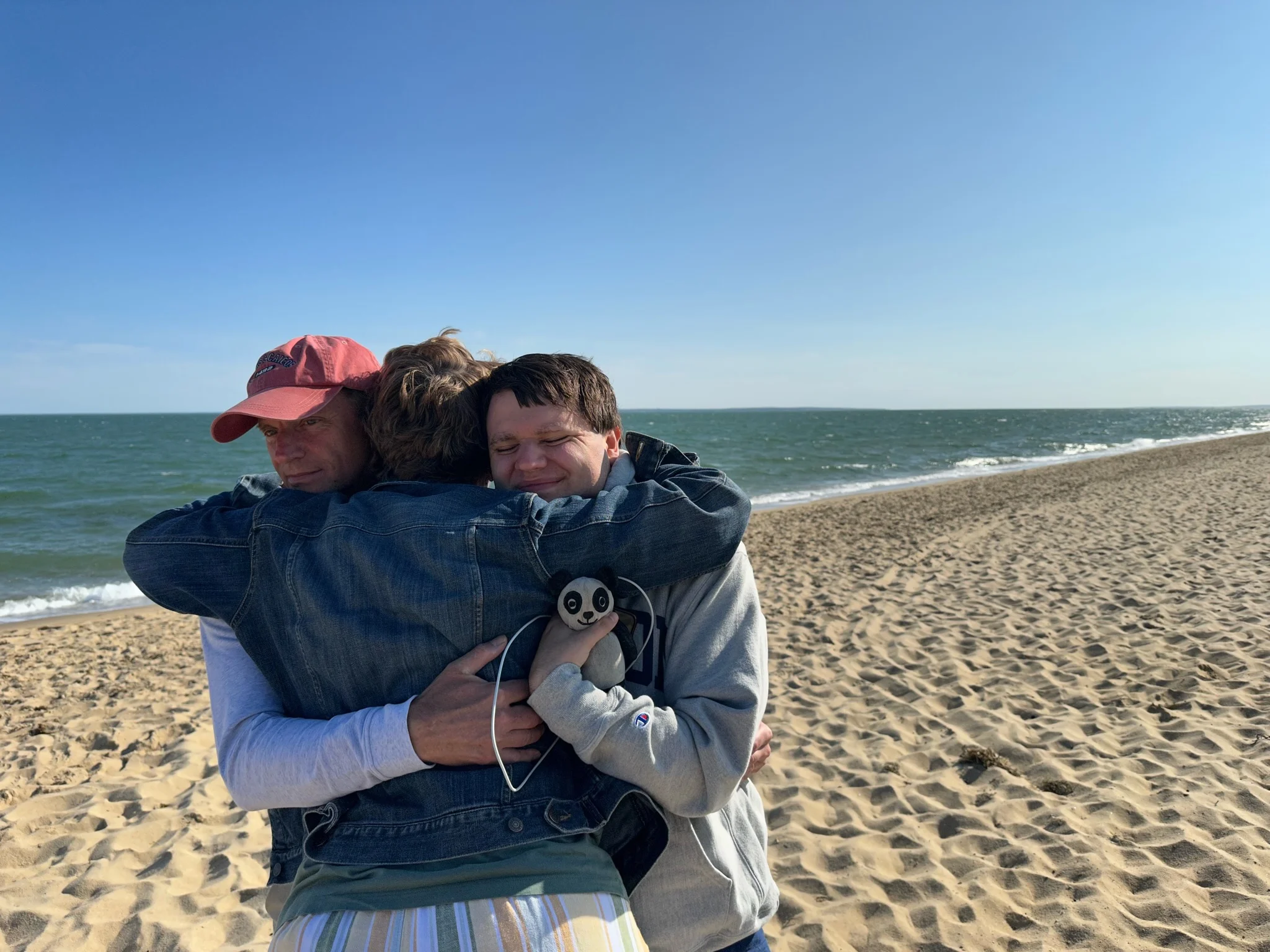Resource Details
Resource Format
Categories
Share:
The saying goes, “if you’ve met one person with autism…you’ve met one person with autism.” The breadth of experience of autism is vast, and we want to address autism in a way that respects this. For example, self-advocates often find that referring to autism as a disorder is offensive, while the families of those with autism requiring more substantial support want it to be clear that their experience of neurodiversity is quite disabling and qualifies as a disorder.
The changing language around autism
The words we use to talk about autism are continuously changing and evolving. The more linear language, including terms such as high-, moderate-, and low-functioning, has generally fallen out of favor because these terms fail to communicate that autism is characterized by splintered skills. A person with limited verbal communication skills can have intellectual acuity and great empathy, while someone who is highly verbal can be emotionally dysregulated and have extremely narrow interests that make it difficult for them to navigate the world. Very often it’s been the verbal skills that have dictated the “functioning” label, which has led to the proper conclusion that it’s an unfair and outdated measure.
Diagnostic criteria and “labels”
The current DSM-5 Criteria widened the diagnostic umbrella by removing Asperger’s Syndrome as an official diagnosis. However, while removing Hans Asperger and his ties to Nazis and eugenics was the right thing to do, that leaves people who have embraced the “Aspie” label identity adrift. The neurodiversity movement has tried to address this, and has not only shifted the lens from a purely medical model to a more social model of disability, but it has also empowered many autistic people to embrace their neurodiversity and find community with like-minded peers. Many self-advocates now proudly claim to be neurodivergent or “neurospicy.” Proponents of the autistic-led neurodiversity movement consider autism as something to be celebrated while also recognizing their support needs.
At this writing, the DSM-5 lists three levels of autism that are determined not by a person’s specific abilities but by the level of support they require:
Level 1: requires support
Level 2: requires substantial support
Level 3: requires very substantial support
These categorizations are useful for doctors and other health care professionals. For those in the support and social communities, however, such labels can seem detached and “deficit” rather than “strength” focused. It is important to remember that labels can provide a framework with which to understand each other and ourselves. It can help an autistic person and their loved ones understand why they find some things so difficult, and also why they might excel in other areas.
Our language will evolve with yours
Many patients and families have generously agreed to appear on this site and in our clinical course and we’ve consulted with them in regard to language. We share these choices with humility, recognizing the importance of evolving the understanding of autism, how that is reflected in the language we use and what it means for individuals and families.
We use both person-first language (e.g., person with autism), as well as adjective-first language (e.g., autistic person) on this site. For some members of the autism community, using adjective-first language is preferable to signify a sense of identity rather than a more medicalized “condition.” We have taken some cues from the most up-to-date language recommendations available via the American Medical Association, which also informed the choices in our clinician course.
We at AAHR will revise and adapt the language on the site as best we can to meet the needs of everyone in the autism community. We may not always get it right the first time, but we will always do our best to honor the most respectful and inclusive language. Regardless of the language that we use on this site, the intent is always to incorporate wording that is accessible, inclusive, and reflective of the priorities of the autistic community.

